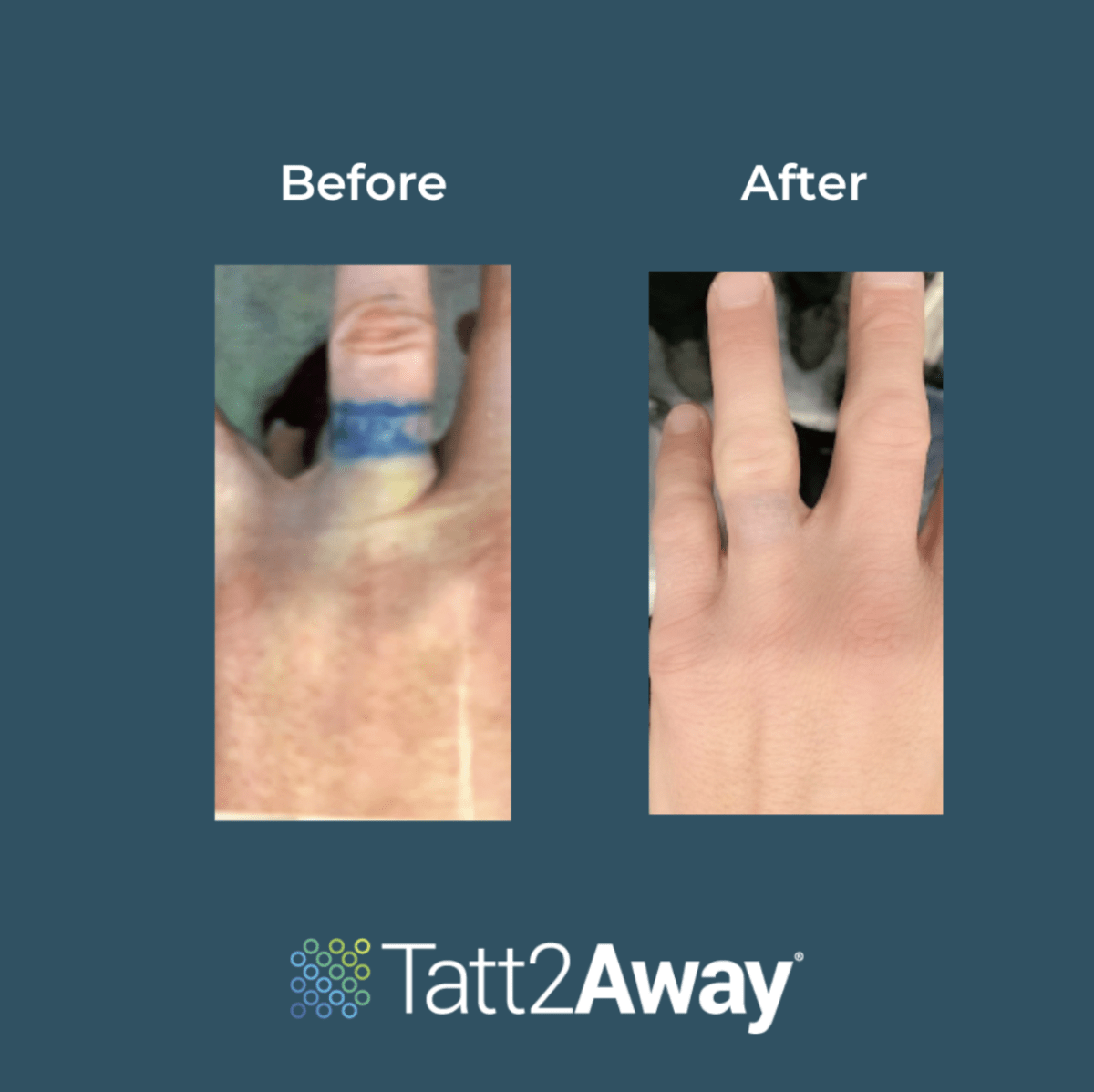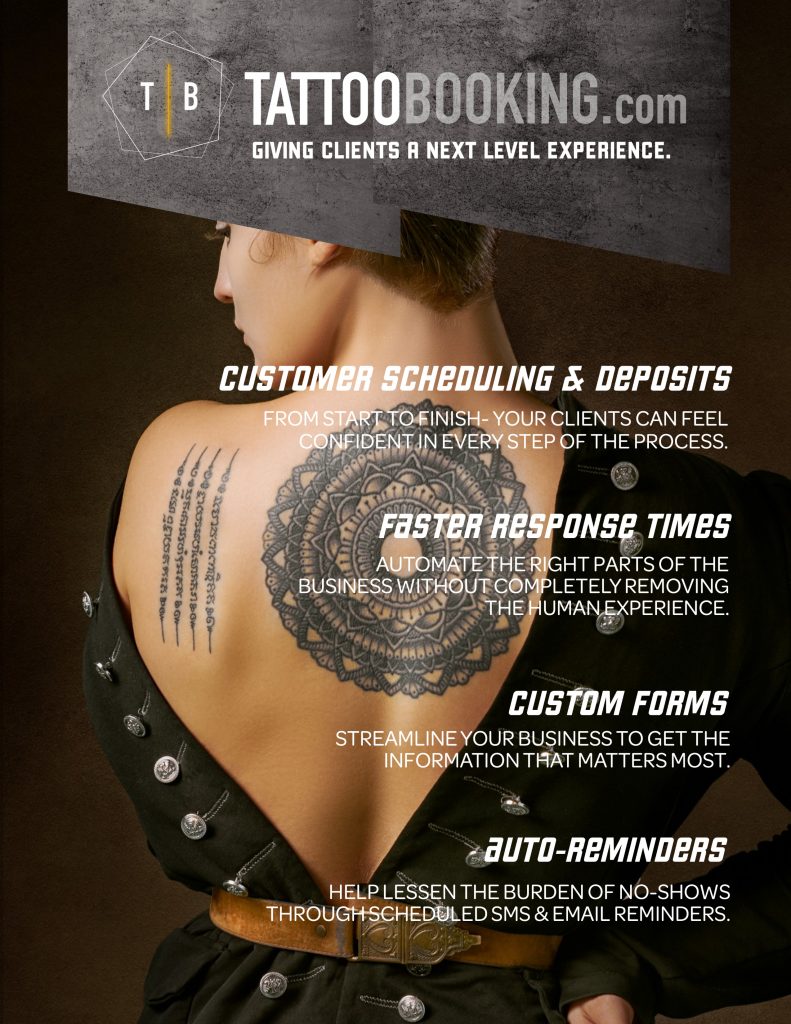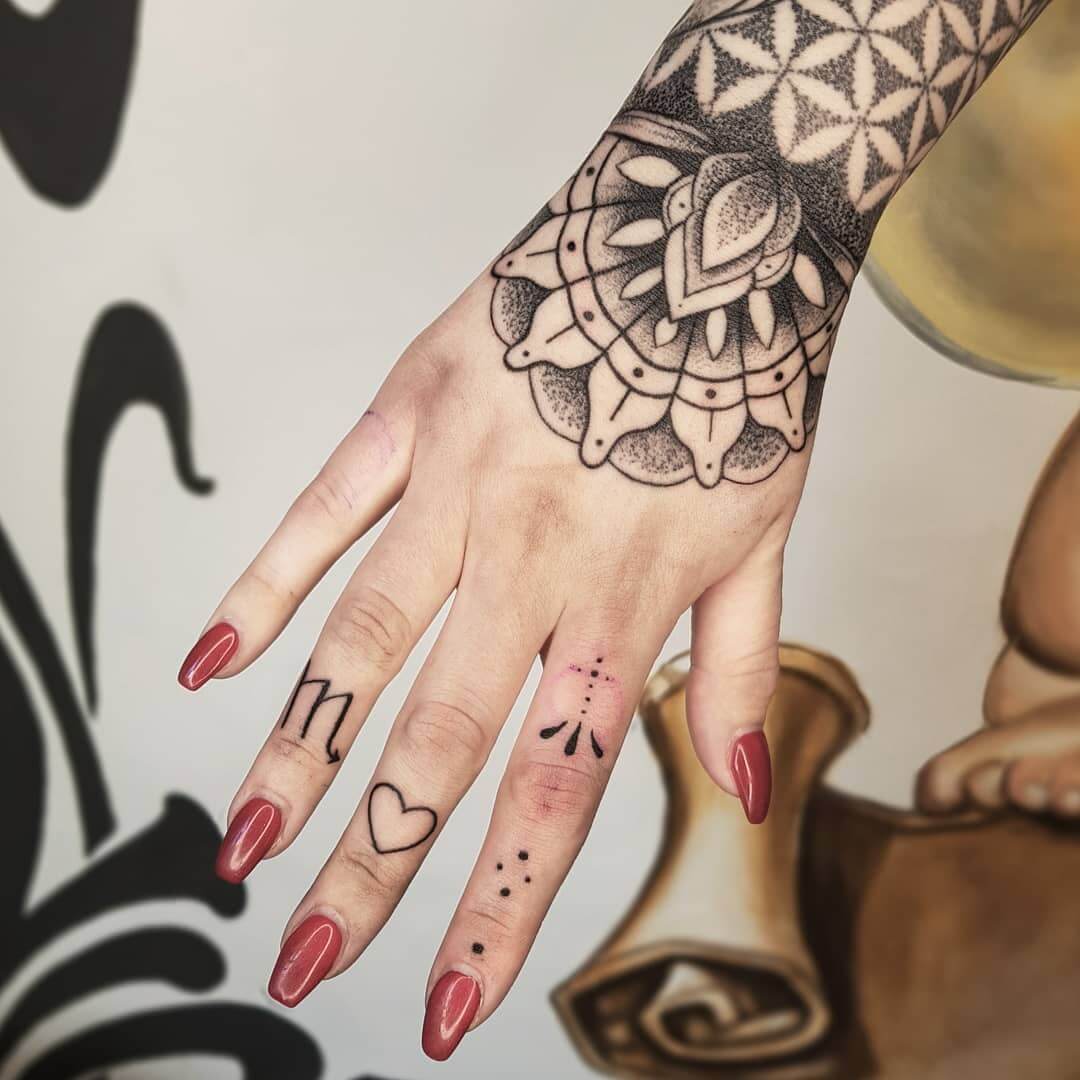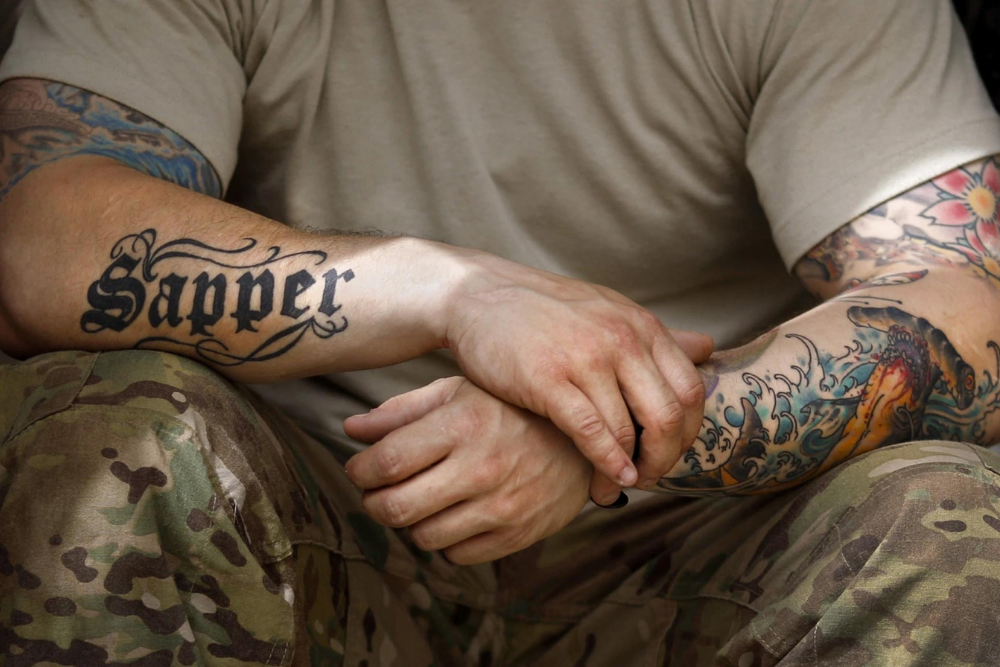
Okay, buckle up, tattoo enthusiasts! Let’s dive headfirst into the captivating world of tiny tattoos – those miniature masterpieces that pack a punch. Forget sprawling canvases, we’re talking about subtle statements, delicate details, and ink that whispers rather than shouts. Get ready to explore the most common, coveted, and downright charming tiny tattoo designs that are adorning skin worldwide.
1. The Alluring Allure of Tiny Tattoos: Why So Popular?
Tiny tattoos have skyrocketed in popularity for a multitude of reasons. They’re often a fantastic entry point for the tattoo-curious, offering a low-commitment way to dip your toes into the inked waters. They’re also incredibly versatile, fitting discreetly on almost any part of the body. Plus, let’s be honest, they’re just plain adorable! Their minimalist aesthetic resonates with many, offering a subtle yet meaningful form of self-expression.
2. Stars: Twinkling Tales on Your Skin
Stars, in all their celestial glory, are a timeless tiny tattoo favorite. Whether it’s a single, solitary star, a cluster of constellations, or a shooting star leaving a trail of shimmering ink, these designs evoke a sense of wonder, guidance, and hope. They can represent dreams, aspirations, or simply a love for the night sky.
- Placement Perfection: Behind the ear, wrist, ankle, or even on the finger.
3. Hearts: Tiny Vessels of Love and Affection
The heart, a universal symbol of love, affection, and connection, is a classic choice for a tiny tattoo. From simple outlines to filled-in silhouettes, anatomical hearts to whimsical cartoon hearts, the possibilities are endless. They can represent romantic love, self-love, or a deep connection to family and friends.
- A Heartfelt Variation: Consider a broken heart to symbolize healing or a heart with initials inside to honor a loved one.
4. Arrows: Aiming for Meaning and Direction
Arrows represent direction, focus, and moving forward. A single arrow can symbolize overcoming obstacles, while crossed arrows can represent friendship or partnership. They’re a powerful reminder to stay true to your path and keep moving towards your goals.
- Arrowhead Accent: A simple arrowhead can be just as impactful, representing courage and strength.
5. Minimalist Lines and Geometric Shapes: The Beauty of Simplicity
In the realm of tiny tattoos, less is often more. Simple lines and geometric shapes offer a clean, modern aesthetic. Think triangles, circles, squares, and minimalist line art that creates abstract designs. These designs are often open to interpretation, allowing the wearer to imbue them with personal meaning.
- The Power of the Dot: A single dot can represent a moment in time, a point of reflection, or a connection to something larger than oneself.
6. Floral Flourishes: Tiny Blooms of Beauty
Flowers, in all their delicate beauty, are a perennial favorite for tiny tattoos. From roses and lilies to daisies and lavender, each flower carries its own unique symbolism. They can represent love, beauty, growth, and resilience.
- A Single Petal: A single fallen petal can symbolize the fleeting nature of beauty and the importance of cherishing the present moment.
7. Animal Accents: Miniature Representations of the Wild
Tiny animal tattoos offer a way to connect with your favorite creatures and embody their symbolic traits. Think butterflies for transformation, birds for freedom, ladybugs for luck, and bees for hard work and community.
- Paw Prints: A tiny paw print can be a touching tribute to a beloved pet.
8. Musical Notes: A Symphony of Self-Expression
For music lovers, a tiny musical note is a perfect way to express their passion. A single treble clef, a quarter note, or even a tiny bar of a favorite melody can be a subtle yet powerful statement.
- Heartbeat Rhythm: A heartbeat line with a musical note incorporated into it can represent the rhythm of life and the power of music.
9. Initials and Dates: Marking Moments and Memories
Tiny initials or dates are a classic way to commemorate loved ones or significant events. They can be discreetly placed on the wrist, finger, or behind the ear.
- Roman Numerals: Consider using Roman numerals for a more elegant and timeless look.
10. Crescent Moons: Embracing the Lunar Cycle
Crescent moons represent new beginnings, growth, and feminine energy. They can be a reminder to embrace change and trust the cycles of life.
- Moon Phases: A series of tiny moon phases can represent the continuous cycle of growth, decay, and rebirth.
11. Anchors: Staying Grounded in a Stormy World
Anchors symbolize stability, hope, and remaining grounded. They’re a reminder to stay true to your values and weather any storm.
- Anchor with a Rope: An anchor with a broken rope can represent overcoming adversity and breaking free from limitations.
12. Coordinates: Marking Places of Significance
Coordinates offer a unique way to commemorate a special place, such as your hometown, a favorite travel destination, or the location of a significant event.
- Hidden Coordinates: Consider placing the coordinates in a less obvious location, such as inside the wrist or on the ribcage.
13. Quotation Marks: Framing Words of Wisdom
Tiny quotation marks can be used to frame a single word or a short phrase that holds special meaning. This is a subtle yet powerful way to carry a personal mantra or reminder with you.
- The Power of a Single Word: A single word, such as "Believe," "Hope," or "Courage," can be incredibly impactful.
14. Sun and Moon: Balancing Duality
The sun and moon represent balance, duality, and the interconnectedness of opposing forces. They can symbolize the light and dark within us, the masculine and feminine energies, and the constant interplay of opposing forces in the universe.
- Intertwined Sun and Moon: An intertwined sun and moon can represent harmony and unity.
15. Crowns: Embracing Your Inner Royalty
Tiny crowns represent self-worth, confidence, and inner strength. They’re a reminder to embrace your own unique power and rule your own destiny.
- Simple Crown Outline: A simple crown outline can be just as impactful as a more detailed design.
Conclusion: Tiny Tattoos, Big Impact
Tiny tattoos, despite their diminutive size, offer a powerful form of self-expression. They’re a testament to the fact that beauty can be found in the smallest of details. Whether you’re drawn to the symbolism of a star, the simplicity of a line, or the delicate beauty of a flower, a tiny tattoo can be a meaningful and lasting reminder of what’s important to you. So, go forth and embrace the allure of the tiny – you might just be surprised at the big impact it has on your life.
FAQs: Tiny Tattoo Edition
1. Do tiny tattoos fade faster than larger tattoos?
While all tattoos fade over time, tiny tattoos, especially those with very fine lines, can sometimes fade slightly faster. This is because there’s less ink to hold the design in place. Proper aftercare and sun protection are crucial for longevity.
2. Where are the best places to get a tiny tattoo?
Popular spots include the wrist, ankle, behind the ear, finger, and collarbone. Consider the visibility and sensitivity of the area when making your choice.
3. Are tiny tattoos more or less painful than larger tattoos?
Pain tolerance varies from person to person, but generally, tiny tattoos are considered less painful than larger ones due to the shorter duration of the process.
4. Can I get a tiny tattoo covered up if I don’t like it?
Yes, tiny tattoos are generally easier to cover up than larger tattoos. A skilled artist can often incorporate the existing design into a new, larger piece or completely cover it with a darker design.
5. How much do tiny tattoos typically cost?
The cost of a tiny tattoo varies depending on the artist, location, and complexity of the design. However, they are generally less expensive than larger tattoos, with prices often starting around $50-$100.



































